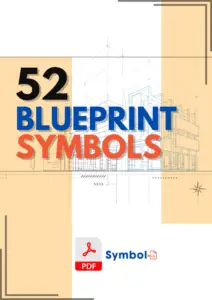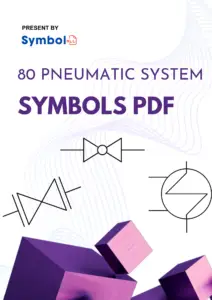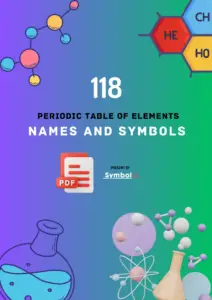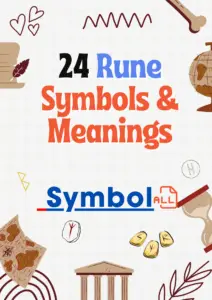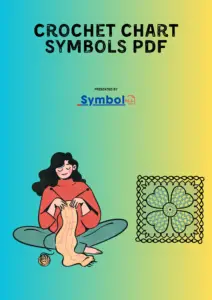Ancient Egyptian Symbols and Their Meanings-PDF
Dive into the mystical world of ancient Egypt through its powerful symbols. Each symbol holds unique meanings and stories that offer insights into the beliefs, culture, and daily life of this fascinating civilization. Explore the significance of symbols like the Ankh, the Eye of Horus, and the Djed pillar, and uncover the secrets they reveal about life, death, and the cosmos in ancient Egyptian thought.
This comprehensive guide provides detailed explanations of numerous ancient Egyptian symbols. From the sacred Lotus, representing rebirth and creation, to the Tyet, associated with the goddess Isis, each entry in this guide unveils the profound symbolism embedded in Egyptian culture. Whether you are a student, a history enthusiast, or simply curious about ancient civilizations, this guide will deepen your understanding of how the Egyptians used these symbols to express their spirituality and worldview.
Explore the meanings behind symbols such as:
- Lotus: Symbol of the sun, creation, and rebirth.
- Tyet: Known as the “knot” or “blood” of Isis, symbolizing life and welfare.
- Crook and Flail: Representing the authority and fertility of the Pharaoh.
- Menat: Associated with the goddess Hathor, symbolizing music, dance, love, and maternal care.
- Djed: The pillar of stability, linked to the spine of Osiris.
- Ankh: The well-known symbol of life, representing the earthly journey and the afterlife.
Discover how these symbols were used in everyday objects, tombs, and religious artifacts to convey messages of protection, power, and eternal life. Unveil the ancient secrets of the Nile through the lens of these timeless symbols.

